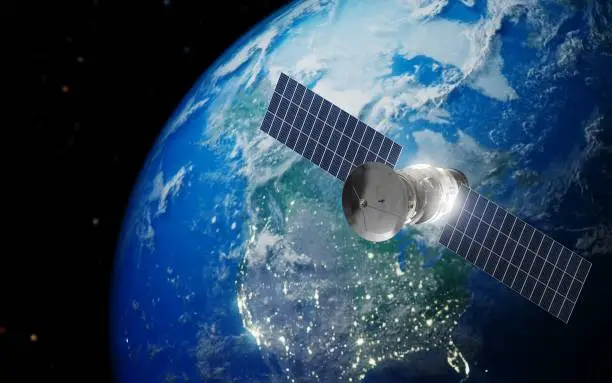Elon Musk’s SpaceX is pushing forward with plans to expand the Starlink satellite constellation. The company has filed a request with the Federal Communications Commission (FCC) to launch nearly 30k satellites into low-Earth orbit. This expansion seeks to improve global internet connectivity, offering gigabit speeds and mobile coverage to billions of users worldwide. However, experts are raising alarms about the potential risks to both scientific research and the night sky.
Expansion and Technological Goals
SpaceX has applied to deploy 29,988 additional Starlink satellites. The aim is to enhance internet access across the globe, especially in underserved regions. The company also plans to operate the new satellites at lower orbits and use additional radio frequencies. If approved, these satellites will be launched using the Starship mega-rocket. SpaceX claims that using more frequencies will not disrupt other users.
Previously, the FCC approved the deployment of 7,500 satellites after rejecting a similar request to launch 30,000. The commission cited concerns about interference with other satellite operators and space debris.

Astronomers’ Concerns Grow
Astronomers are increasingly concerned about the growing number of satellites orbiting Earth. Piero Benvenuti, from the International Astronomical Union (IAU), highlighted that the brightness of satellites disrupts astronomical observations. The reflections from these satellites create streaks in the sky, making it difficult for telescopes to capture clear images of celestial objects. Long-exposure observations, crucial for studying distant stars and planets, are especially vulnerable to this interference.
Starlink Satellites: Threat to Radio Astronomy
The risks extend to radio astronomy, where satellites emit frequencies that could interfere with delicate instruments. Astronomers using the European Low-Frequency Array (LOFAR) network have already reported difficulties in studying exoplanets and black holes due to Starlink’s radio emissions. Although these satellites operate outside the protected bands, spillover noise is still an issue.
In response to the concerns, the IAU is working with SpaceX to explore solutions. One possible approach is using coatings that reduce the satellites’ reflectivity, making them harder to see with the naked eye. However, achieving this for thousands of satellites remains a significant technical challenge.
Additionally, improving satellite tracking systems could help astronomers avoid satellite trails during observations. Another proposal is for satellite operators to adjust their transmission beams to avoid interfering with radio telescopes. Yet, with the ever-growing number of satellites, coordination will become increasingly difficult.
A Crowded Orbit
The rapid rise in satellite numbers is staggering. Four years ago, only 2,200 satellites orbited the Earth. Today, that number has soared to over 14,000, largely due to Starlink’s expansion. The International Telecommunications Union (ITU) has received requests for the launch of 1.7 million satellites, although only a fraction will likely be realized. Even launching a small percentage would bring the total number of satellites in orbit to over 150,000.
Despite the warnings, Starlink continues to expand. In September, it reached four million subscribers, demonstrating the growing demand for reliable global internet. To support this growth, Musk plans to launch SpaceX plans to lower satellites to make Starlink 10 times faster, offering faster speeds and lower latency.
While Starlink promises to improve connectivity and economic growth, the environmental and scientific impacts of this satellite surge cannot be ignored. Balancing technological advancement with the protection of our night sky is a challenge that will require global cooperation.


